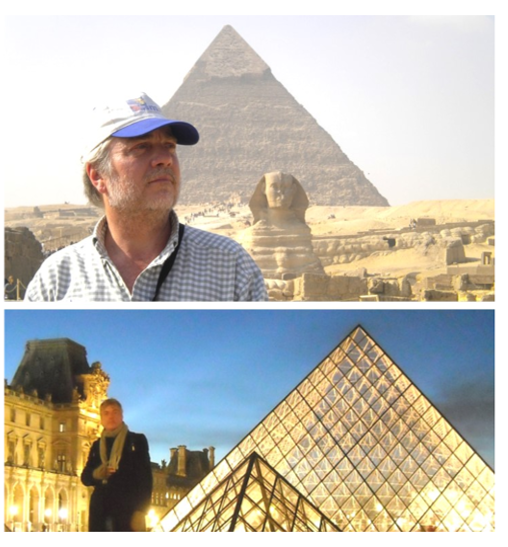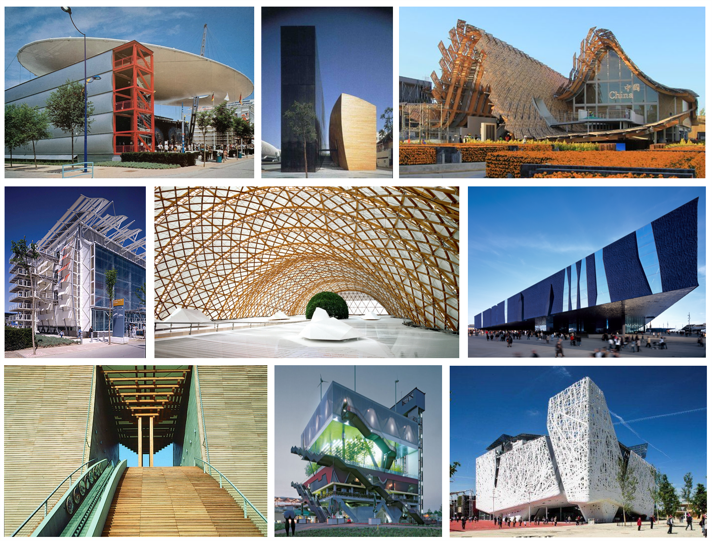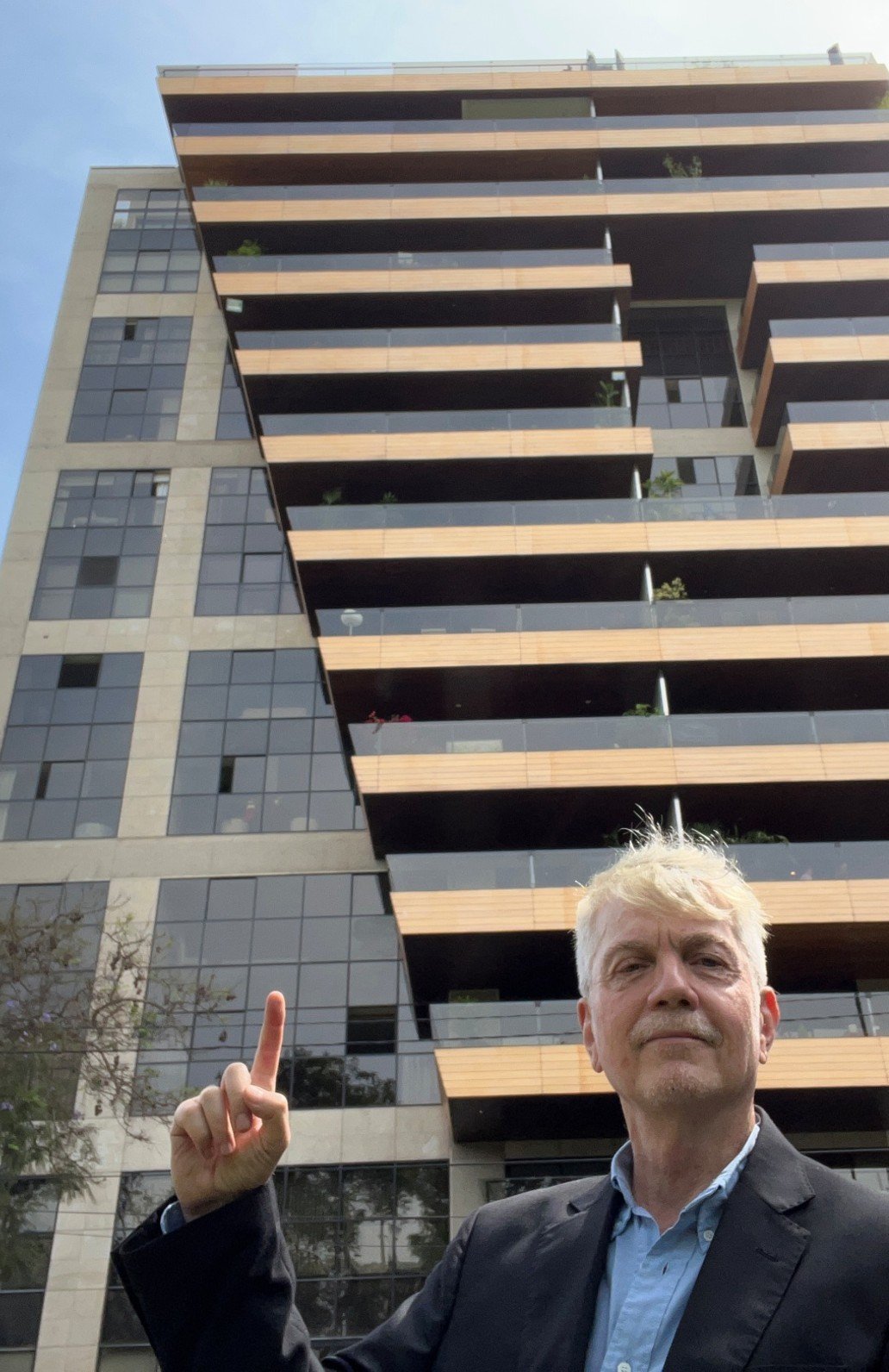Tours
Home > Tours

Knowing personally the best architecture in the world brings you only advantages
Arq. Harry Orsos Tweet
From the pyramid of Cheops to the pyramid of Pei
Architecture is a three-dimensional fact
In every architecture school in the world, professors explain to their students that the experience of visiting each architectural work is irreplaceable as a source of invaluable learning.
It is absolutely true: not even the best photos of buildings presented to us in books, magazines and conferences -or on our screens- can give us a complete picture of them.
Architecture is a three-dimensional fact ...subjected to the passage of time.
An image of the most photogenic angle of an architectural masterpiece at its best becomes iconic and manages to dazzle us, but it does not allow us to get an idea of how the light modifies its perception throughout the day, or how it has been treated by the characteristic climate of each season to which it is exposed, or how well it has responded to the needs of its users over the years.
In situ, these “secrets” – whose importance is decisive if we want to make good architecture – are revealed to us.
I know that architects and architecture students around the world are very clear about this idea and put it into practice as intensely as possible, aware that this experience will strengthen their professional skills. Even if it is not something for which one is given a diploma, nor something that faculties require to graduate their graduates.
In the First World in general, but in Europe in particular, there is such a density of architectural masterpieces relatively close to them that architects and architecture students actually invest a good deal of their time and money in visiting them, because they know that they are equipping themselves with an asset that puts them above those colleagues who allow themselves to disregard this practice.
In Latin America, a tiny minority tries to learn about architecture by experiencing “live” the masterpieces that are within their reach, because there are not so many of them and the distances between them are much greater than in Europe.
So we have ended up not considering it important.
But boy is it worth it!









Expo'92 in Seville: The beginning of the journey
The Universal Exhibitions are a showcase that concentrates the most creative, most advanced and highest level of architecture that this profession is capable of at a given historical moment.
The first one I attended was EXPO’92 in Seville.
I learned so much that I could not have learned anywhere else in any other way that it seemed obvious to me that I could not miss the Universal Exhibitions in Hannover in 2000 and Milan in 2015.
And, in between, I went to the “Universal Forum of Cultures”
in Barcelona 2004, which was practically a Universal Exposition except for the name.

Globalization has allowed some of the world’s most renowned architectural firms to design buildings of the highest level in Peru.
Not so many years ago, if you wanted to see for yourself the exceptional value of a work designed by one of these architects, you had to travel to Miami, Philadelphia, Paris, Vienna or Mönchengladbach. I myself did just that.



